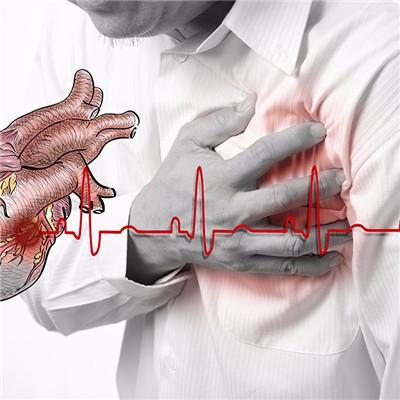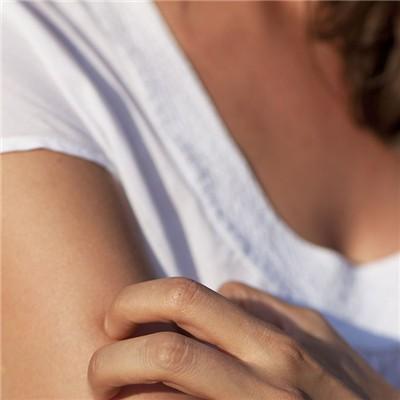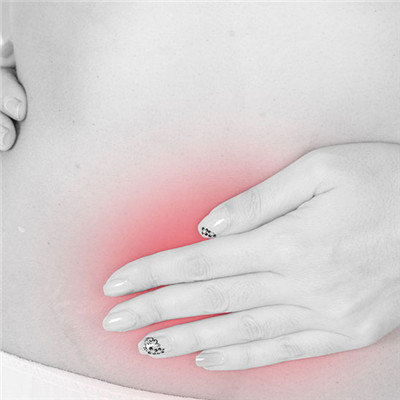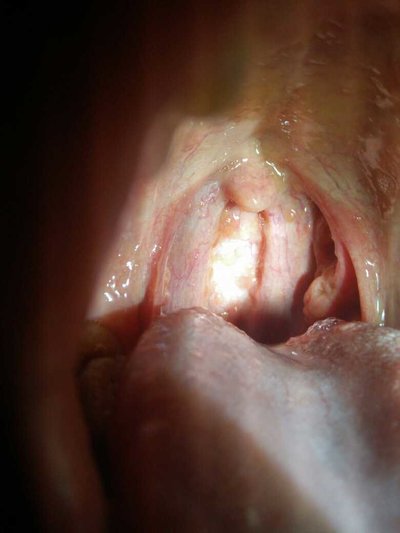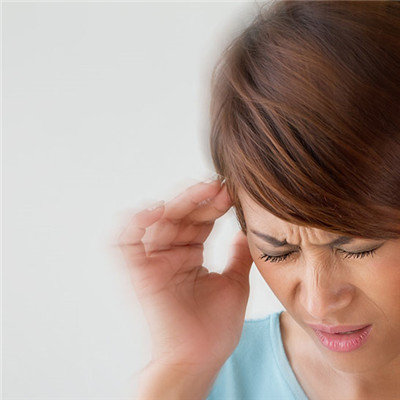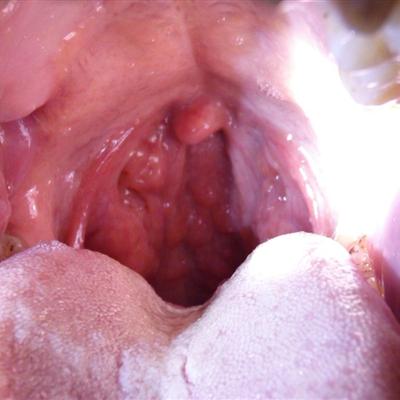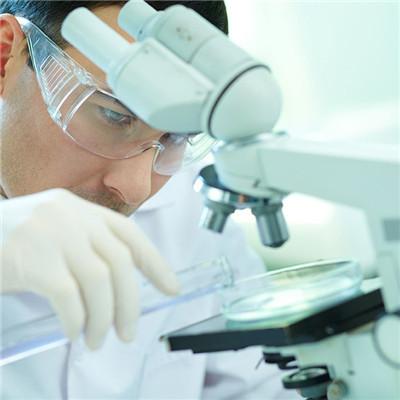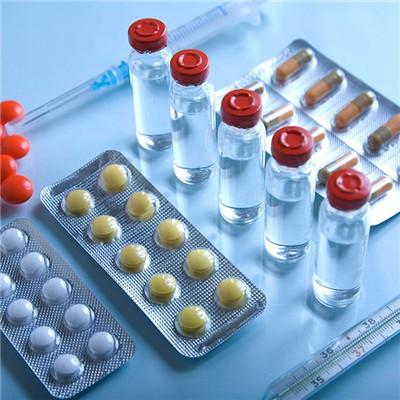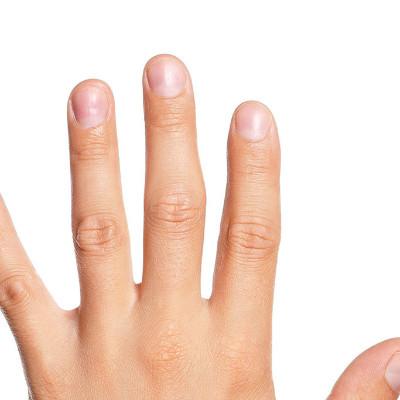What symptom is thyroiditis?
summary
Thyroiditis is a heterogeneous disease involving thyroid caused by various reasons. Thyroid function can be normal, hyperthyroidism and hypothyroidism. Sometimes three kinds of dysfunction can occur in the course of disease. Some patients eventually develop into permanent hypothyroidism. According to the course of disease, they were divided into acute (suppurative), subacute (non suppurative) and chronic. According to the etiology, it can be divided into infectious, autoimmune and radioactive thyroiditis. Autoimmune thyroiditis is the most common, which can be divided into Hashimoto's thyroiditis (chronic lymphocytic thyroiditis), atrophic thyroiditis, painless thyroiditis and postpartum thyroiditis. The following mainly discusses several common thyroiditis. What symptom is thyroiditis? Let's talk about it
What symptom is thyroiditis?
The incidence rate of chronic lymphocytic thyroiditis is 30~50 years old, and the incidence of female is 15~20 times that of men. The onset is slow, the onset of goiter, hard tough, nodular surface, clear boundary, often pharyngeal discomfort or mild dysphagia, some patients may have compression symptoms. In the early stage, there is no special feeling and the thyroid function is normal. A few patients may have transient hyperthyroidism in the early stage, and hypothyroidism occurs in most cases. Patients often show fear of cold, edema, fatigue, dry skin, abdominal distension, constipation, irregular menstruation, decreased sexual desire, etc. A few patients may have thyroid associated ophthalmopathy. Hashimoto's thyroiditis and Graves' disease coexist in some patients, and hyperthyroidism and hypothyroidism appear alternately.
This disease is self limited and is the most common painful disease of thyroid. It occurs in middle-aged women aged 30-50. The typical manifestation is thyroid pain, which usually starts from one side of the thyroid gland and radiates to other parts of the gland, ear root and jaw. It is often accompanied by general discomfort, fatigue, muscle pain, and fever. It reaches the peak within 3-4 days after the disease and subsides within 1 week. There are also many patients with slow onset, more than 1-2 weeks, ups and downs for 3-6 weeks, The volume of thyroid gland may increase 2-3 times or more than normal, and the tenderness is obvious during contact. Within one week after the disease, about half of the patients were accompanied with hyperthyroidism, such as excitement, fear of heat, palpitation, trembling and sweating. These symptoms were caused by excessive thyroid hormone released from the thyroid during acute inflammation. In the process of disease regression, a small number of patients could have hypothyroidism, such as swelling, constipation, fear of cold and drowsiness, However, these manifestations did not last long, and eventually thyroid function returned to normal.
It can occur at any age, especially in women aged 30-50. The typical changes of thyroid function can be divided into three stages: thyrotoxicosis stage, hypothyroidism stage and recovery stage. Thyrotoxicosis stage is characterized by sudden emergence of nervousness, fear of heat, tachycardia, weight loss, etc. In some cases, hypothyroidism is the clinical manifestation because the initial thyrotoxicosis is not obvious. Hypothyroidism lasted for 2-9 months and then gradually returned to normal. Some patients had persistent hypothyroidism, and 10% - 15% of patients could relapse after 10 years. About half of the patients had mild goiter, diffuse, hard texture, no nodules, no pain and tenderness.
matters needing attention
Patients with mild goiter and no symptoms should not be treated and should be followed up. Thyroid preparations should be given to patients with obvious goiter or hypothyroidism, even if only serum TSH is increased. If the goiter is rapid, or accompanied with pain, or with compression symptoms, glucocorticoid can be used for a short time. Hashimoto's hyperthyroidism should be treated with low-dose antithyroid drugs, generally without iodine and surgery, so as to avoid serious hypothyroidism.
